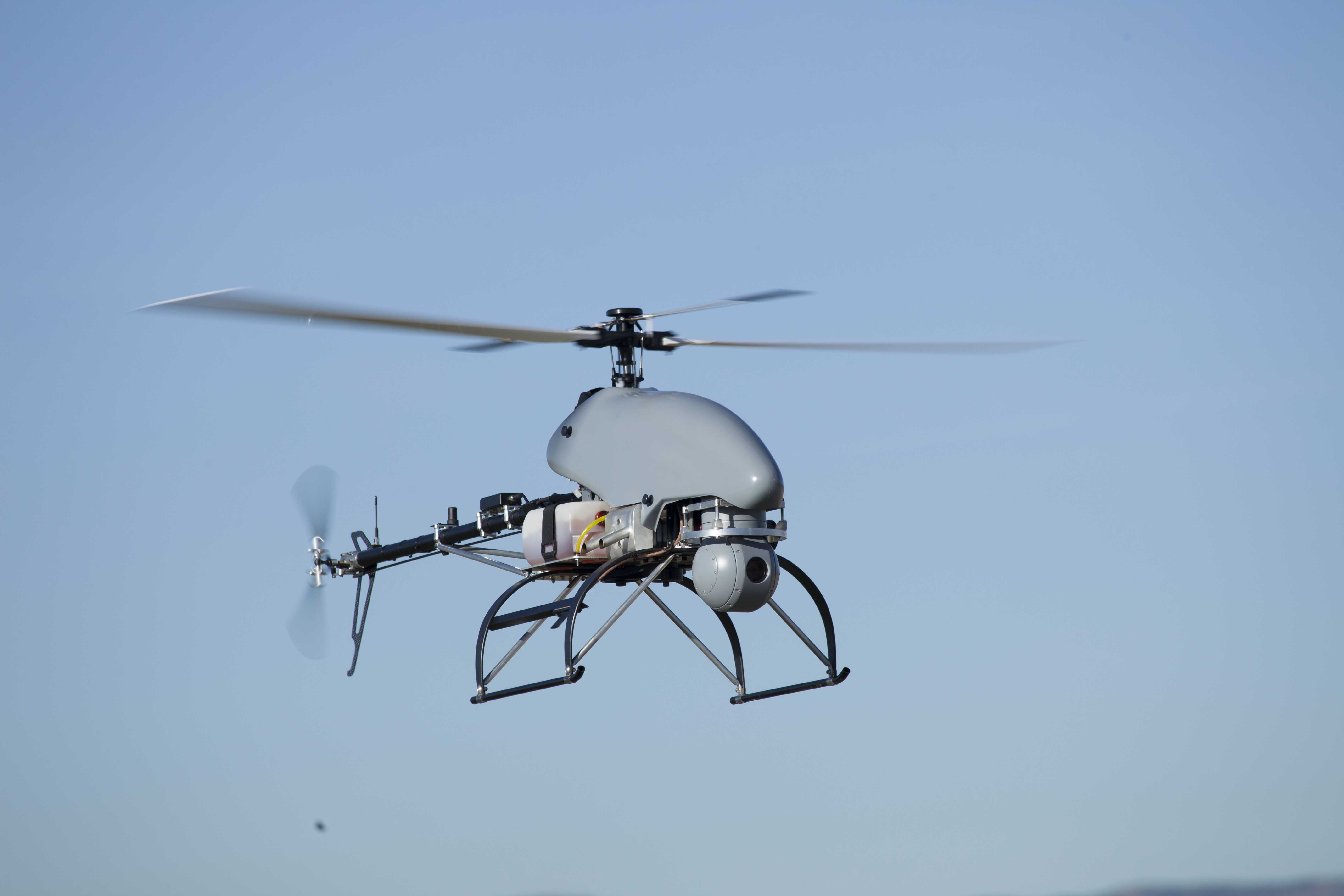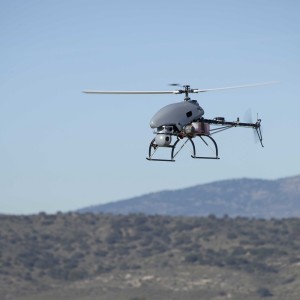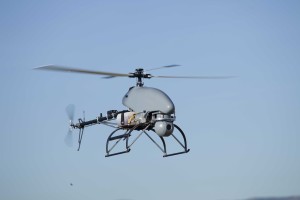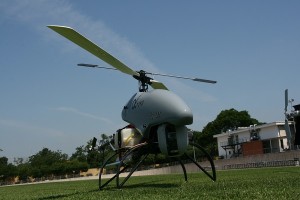
 UAVs are not something new as some people think, in fact they have existed for many years, having their first appearance even before the World War I. However, even when technological advances were helping to their development, their growth remained slow and mainly in the military industry. Then with the development of GPS in the 90’s and the amazing reduction in terms of cost and size suffered in the electronic world, their range and precision improved and the term “UAV” became popular for these aircraft.
UAVs are not something new as some people think, in fact they have existed for many years, having their first appearance even before the World War I. However, even when technological advances were helping to their development, their growth remained slow and mainly in the military industry. Then with the development of GPS in the 90’s and the amazing reduction in terms of cost and size suffered in the electronic world, their range and precision improved and the term “UAV” became popular for these aircraft.
Now, after many years of development mainly in the military sector, the global UAV industry is going through a challenging period, a turning point where the continuous research efforts are going to be key for the growth of this increasing sector, which is expected not just to provide a tool for improvement in current fields, but also it is expected to create whole new industries.
This radical change in the last few years has come thanks to different factors which all combined have boosted the “drone’s revolution”. The three that definitively have impacted its growth the most are: research, technological advance and legislation.
Research has probably been the first step on the process that is still on its early stage. It has permitted the industry to go and try new applications for different fields by taking advantage of the facilities that UAVs provide. The analyses of needs and weaknesses of several industries have created the necessity to come up with new ideas for the improvement of different tasks, leading to an innovative technology where integration and versatility are its main strengths. Once researchers have implemented UAVs for different applications and the results were favorable, the revolution started.
Agriculture and farming are taking the lead on the implementation of UAVs as well as public security, making them the current promising markets in the commercial industry. Nevertheless, the process continues and once it reaches a more mature stage, the applications for these aircraft are going to even surpass our expectations.
On the other hand, there is also technological advance. Drones by themselves are a revolutionary technology that is just starting to enter into new markets. This development has been possible thanks to not only current technological tools, but also it has facilitated the invention of new ones to improve what it has been done until now. This means that research goes hand in hand with technology, the development of the first one helps to improve the development of the second one and vice versa; opening space for the future apparition of new applications that right now we can’t even imagine. For instance, remember how mobile phones were 10 years ago and how are they now? Now, they cover applications that we couldn’t ever imagined before, reaching a point  where they went from simply making calls to becoming an important and essential tool for our daily life. What does it mean? We are leaving the boom of drones; we are experiencing the first steps of the applications of a technology that has been developed for many years. From the materials and the electronics to the payloads; technology has grew considerably making UAVs a versatile tool that is starting to take off in the commercial market.
where they went from simply making calls to becoming an important and essential tool for our daily life. What does it mean? We are leaving the boom of drones; we are experiencing the first steps of the applications of a technology that has been developed for many years. From the materials and the electronics to the payloads; technology has grew considerably making UAVs a versatile tool that is starting to take off in the commercial market.
Finally, we have legislation, which its recent release in different countries meant a big step for the industry. In this sense, United States has always been known for leading innovation in new technologies, but this time, at least in regulatory terms, Europe has taking the lead by boosting wider approvals for commercial purposes.
Nowadays there are around 3000 qualified operators in Europe, 2000 of those in Germany and France which are the most advanced countries in terms of UAVs. Following the data from the French CAA, 100% of the systems are less than 25Kg and the majority (90%) is used for media applications while the rest is used for industrial applications.
In general terms, the previous trend can be explained due to current legislation which in countries such as Spain or United States permits operations for unmanned vehicles weighing less than 25kg and operating in visual line of sight. Above that weight, operations are prohibited or the requirements are much more exigent, thus making it more expensive.
But, why visual line of sight operations?
The required continual line-of-sight visibility on the operations comes due to the need to ensure airspace safety and lower the risk in general.
Below 400 feet à No aerial traffic
Unpopulated Areas à No risks on ground
Light UAVs à Lower risk in case of fail
This is limiting the applications that can be exploited in the commercial industry by not allowing them to reach their potential. However, we still have a long way to go and as the industry continues to develop and been tested, regulatory terms are going to become more permissive.
This happens because even though some people think that legislation is the first step to support the development of new products and technologies; actually it is not how the process usually works, it is the other way around. First new businesses’ models appear, then they enable the product development, thus legislation becomes necessary. In fact, if there are no valid businesses’ models, there is no reason to rule a market that doesn´t exists yet. Think in the following examples:
Cars were created and people just drove them until the use was so extended that some kind of regulation, insurances and quality or safety standards were necessary.
Also, we all now use Internet, but the world was not ready for it when it first started. Only when all the faces of Internet were seen was when legislation became necessary.
In conclusion, actual laws are temporary and will expand and concrete following the market needs. When the applications demonstrate the economic feasibility, it will be necessary to establish the appropriate rules for the development of safe and healthy businesses.
What to expect for the future?
United States has shown the most important growth during the last few years. However, we are starting to see an expansion of the market that is reaching emerging countries such as Europe leaded by France and Germany, the Middle East with Israel as pioneers in tactical UAV efforts and sales for armed forces and Asia Pacific. If the tendency continues, US will probably remain the country with most market share, but the rest are expected to show a much more considerable growth in the upcoming years.
Additionally, the added value chain of the drones market will provide opportunities in two different fields: Aerospace Segment, with operating services companies, platforms development, systems or subsystems development. On the other hand the ITC segment will experience huge expansion with opportunities such as apps development, imaging processing or services companies.
New platforms with higher autonomy, range, payload or capacity will enable new applications, better and more accurate control algorithms and navigation systems will increase safety, while reducing pilot’s workload. At the same time, new sensors or images processing technology software opens new opportunities for end customers that will search for those solutions easy to use and really marking the difference, for example aerial mapping software applications are already in used. Then both sides will tend to boost each other, pushing also the rule makers for the establishment of a more permissive environment where the growth is permitted and the drones in all their different configurations, sizes and types are a tool of daily use.
UAVs are starting to revolutionize the way we have been doing some works. Even though applications are still in process of development, drones are here to stay, and for the next years what we are going to see is nothing but expansion.
About the Author:
Álvaro Escarpenter is an Aerospace engineer and COO and Co-founder of Alpha Unmanned Systems, a Spanish company dedicated to design, develop and produce high performance small unmanned aerial vehicles.






